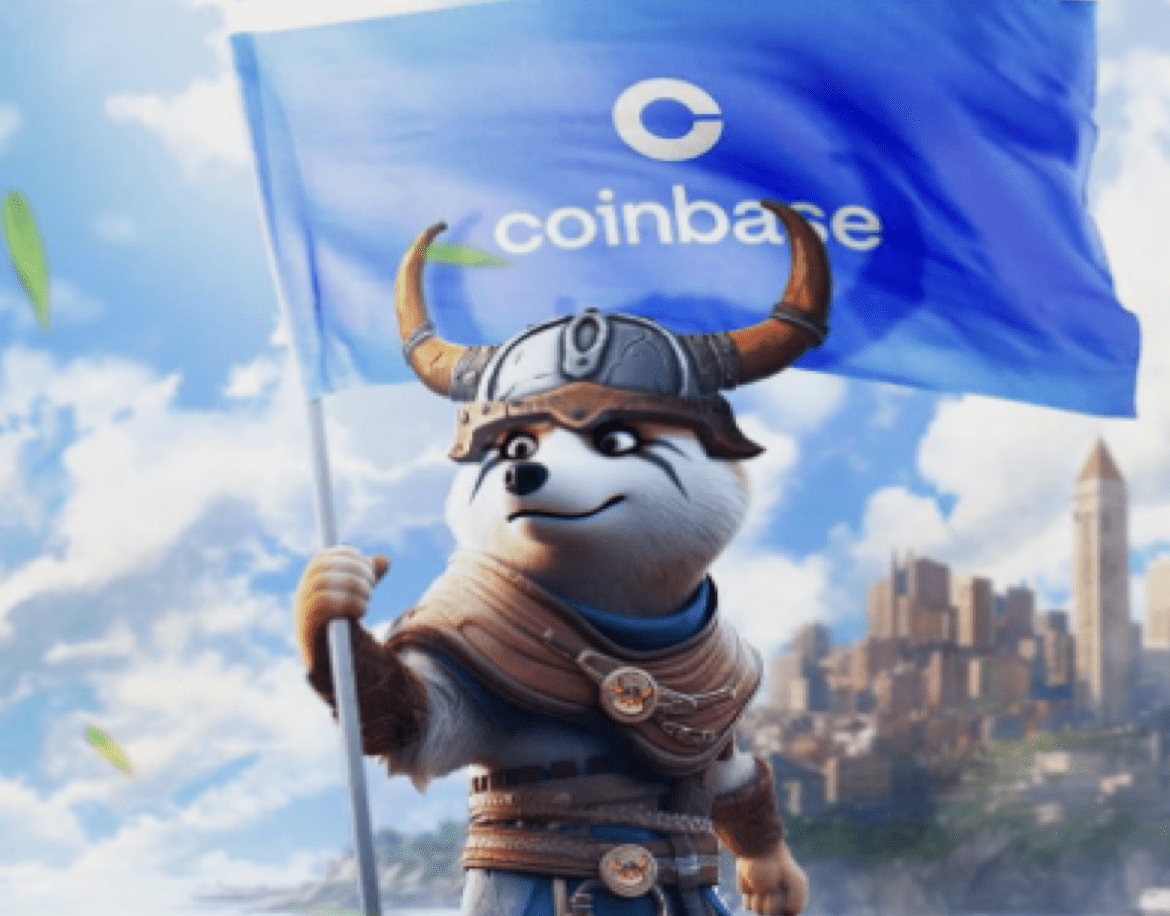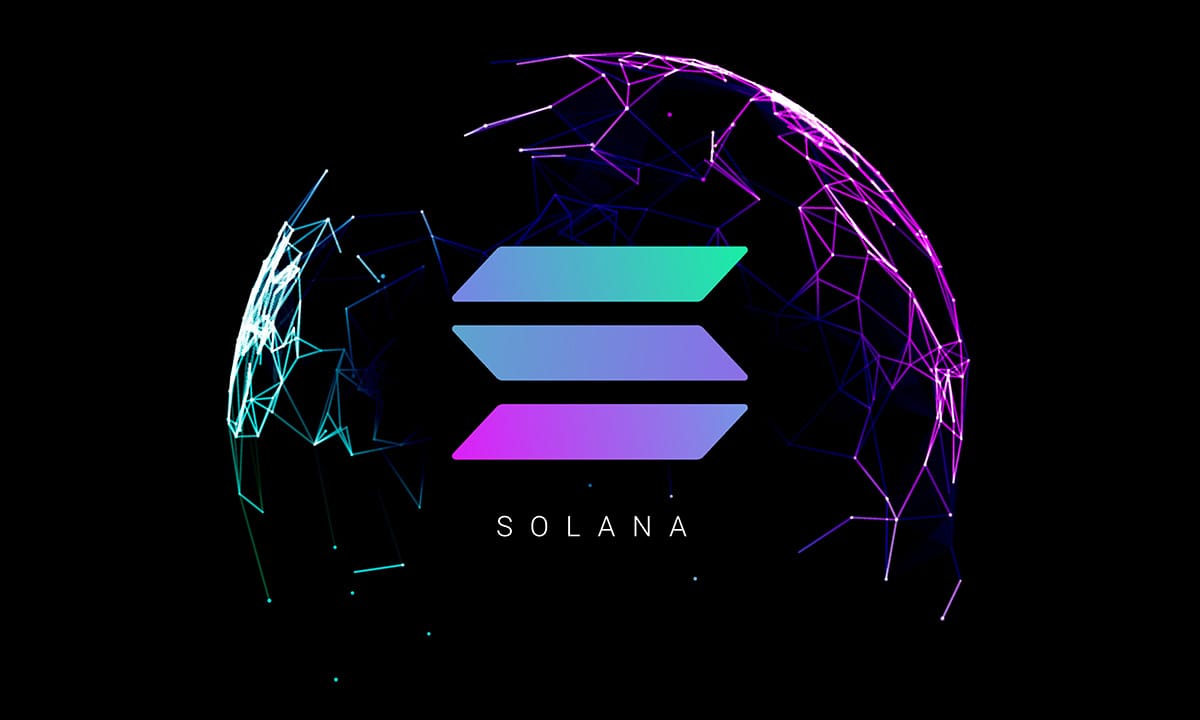ARTICLE AD
Lido co-founders have introduced Y to challenge Sam Altman’s World Network in verifying users’ identity.
Key Notes
Lido developers are fueling Y, a new challenger to the World Network.Unlike World Network, Y will verify identity through users’ social digital footprint.The protocol is not yet launched, but underground work remains at full speed.There are plans to launch a blockchain authentication platform that will rival Sam Altman’s World Network. The new platform, simply named “Y”, will approach data security from a different angle than World Network, formerly Worldcoin. Unlike World, which uses iris scanning for authentication, Y will avoid the biometric pathway.
Y’s Privacy-Focused Approach to Authentication
According to a report, Y is the product of a group of crypto veterans who came together to launch the blockchain identity platform. Notable names behind it include Konstantin Lomashuk and Vasiliy Shapovalov, the co-founders of Decentralized Finance (DeFi) giant Lido.
The primary objective of Y is to serve as a worthy competitor to Altman’s World Network. To appeal to potential users, the planning document shows that Y will not employ eyeball scanning for authentication. Notably, World Network employs iris scans to assist online outfits in distinguishing between humans and bots.
Unlike World Network, Y will rely on the traces that users leave behind while surfing the internet. These will serve as a verification tool to distinguish humans from bots. This approach has a significant advantage in minimizing fraud and addressing privacy threats that could happen with its rival.
Y plans to leverage critical users’ concerns about World Network as its unique selling point. These concerns are related to privacy infringement, general fears surrounding the metallic iris-scanning orb, and the recruitment of users, which has been allegedly termed exploitative.
Interestingly, some countries, including Portugal, Kenya, and Spain, have banned using the device. This ban occurred despite assurances from World Network that it encrypts iris scans.
Can Y Rival World Network?
Y’s ultimate vision includes creating a “Crypto SuperApp,” which would allow users to privately build and earn from their digital identities.
However, Y developers have yet to provide many details on how they intend to implement these plans. Instead, they have concentrated on marketing the product and gaining the attention of potential users.
Despite the hype, Y and World Network share similarities in offering identity-based blockchain solutions. The difference lies in how the platforms verify users. World Network assigns users with “World IDs” leveraging biometric data, while Y employs data from the user’s existing social media and blockchain activities.
Additionally, Y uses the Ethereum Attestation Service, allowing users to confirm specific data’s exactness. According to the planning document for Y, the goal remains to eliminate risks of biometric data leaks and opportunities for fraud.
Meanwhile, experts say Y has a lot of ground to cover to catch up with World regarding users. Notably, World Network already has over 15 million users, and about 7 million have already been authenticated by the Orb.
Possible suggestions on how Y could catch up include leveraging its links to Lido and other blockchain validator firms.
Disclaimer: Coinspeaker is committed to providing unbiased and transparent reporting. This article aims to deliver accurate and timely information but should not be taken as financial or investment advice. Since market conditions can change rapidly, we encourage you to verify information on your own and consult with a professional before making any decisions based on this content.
Blockchain News, Cryptocurrency News, News

Benjamin Godfrey is a blockchain enthusiast and journalist who relishes writing about the real life applications of blockchain technology and innovations to drive general acceptance and worldwide integration of the emerging technology. His desire to educate people about cryptocurrencies inspires his contributions to renowned blockchain media and sites.


 2 hours ago
2
2 hours ago
2 

